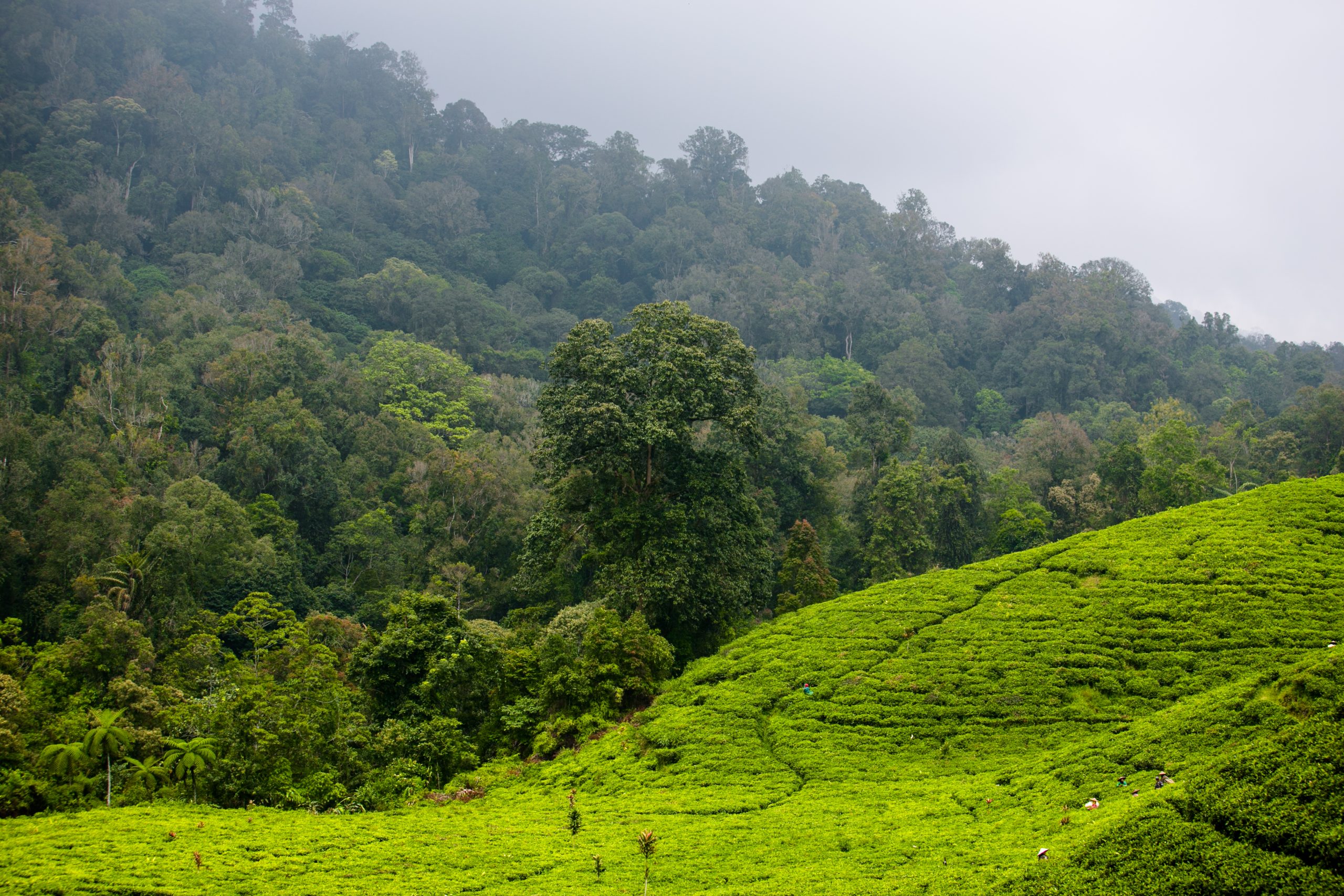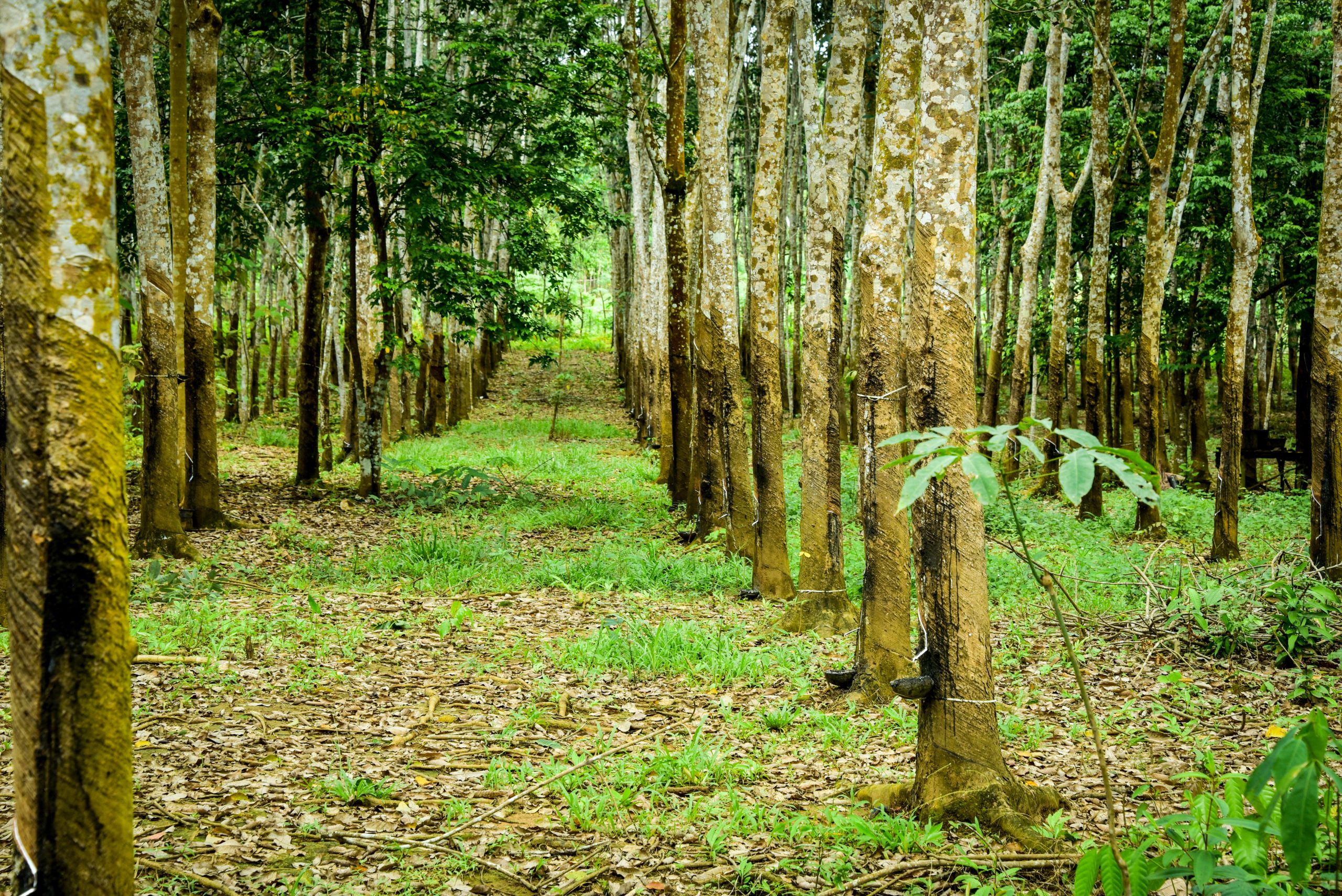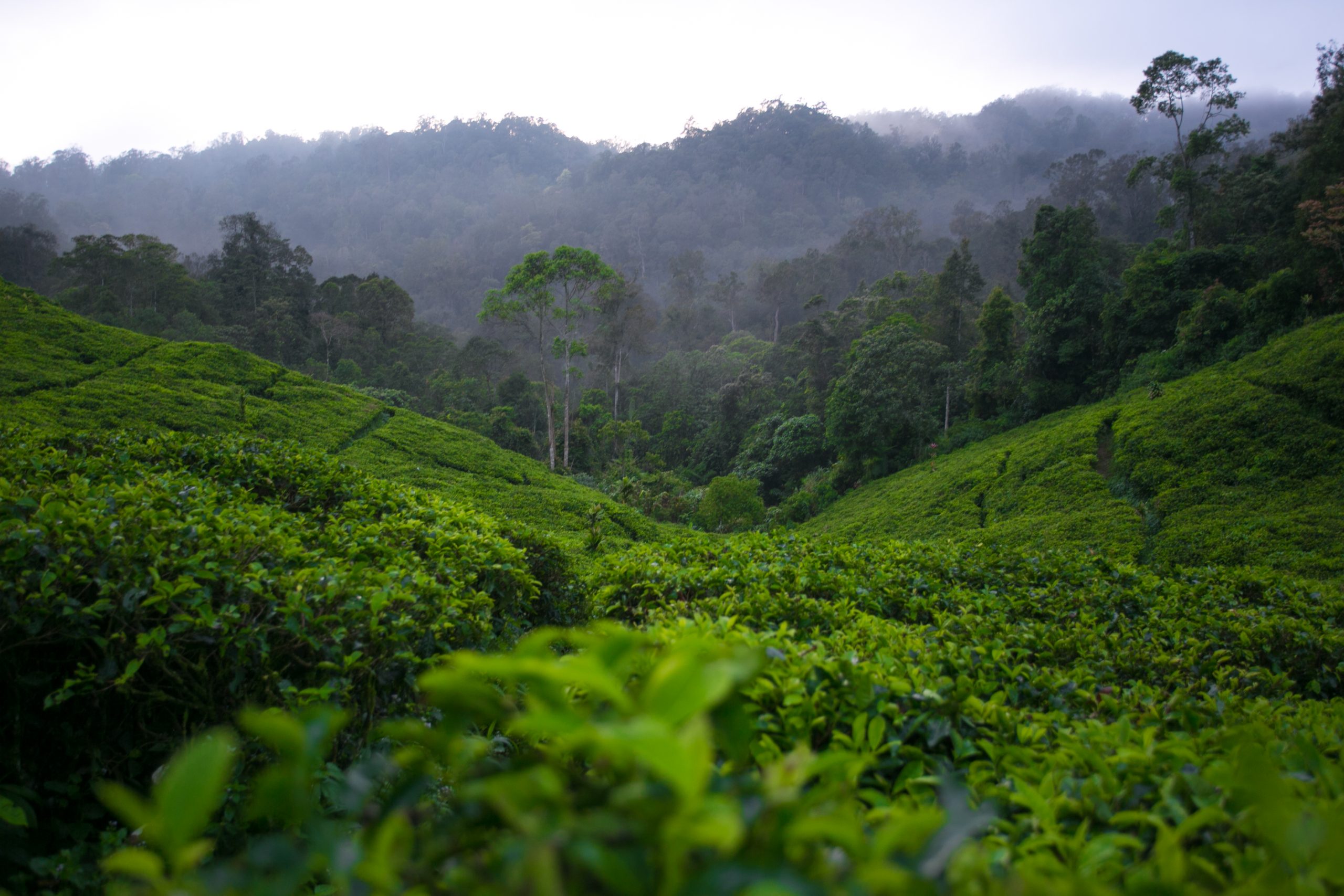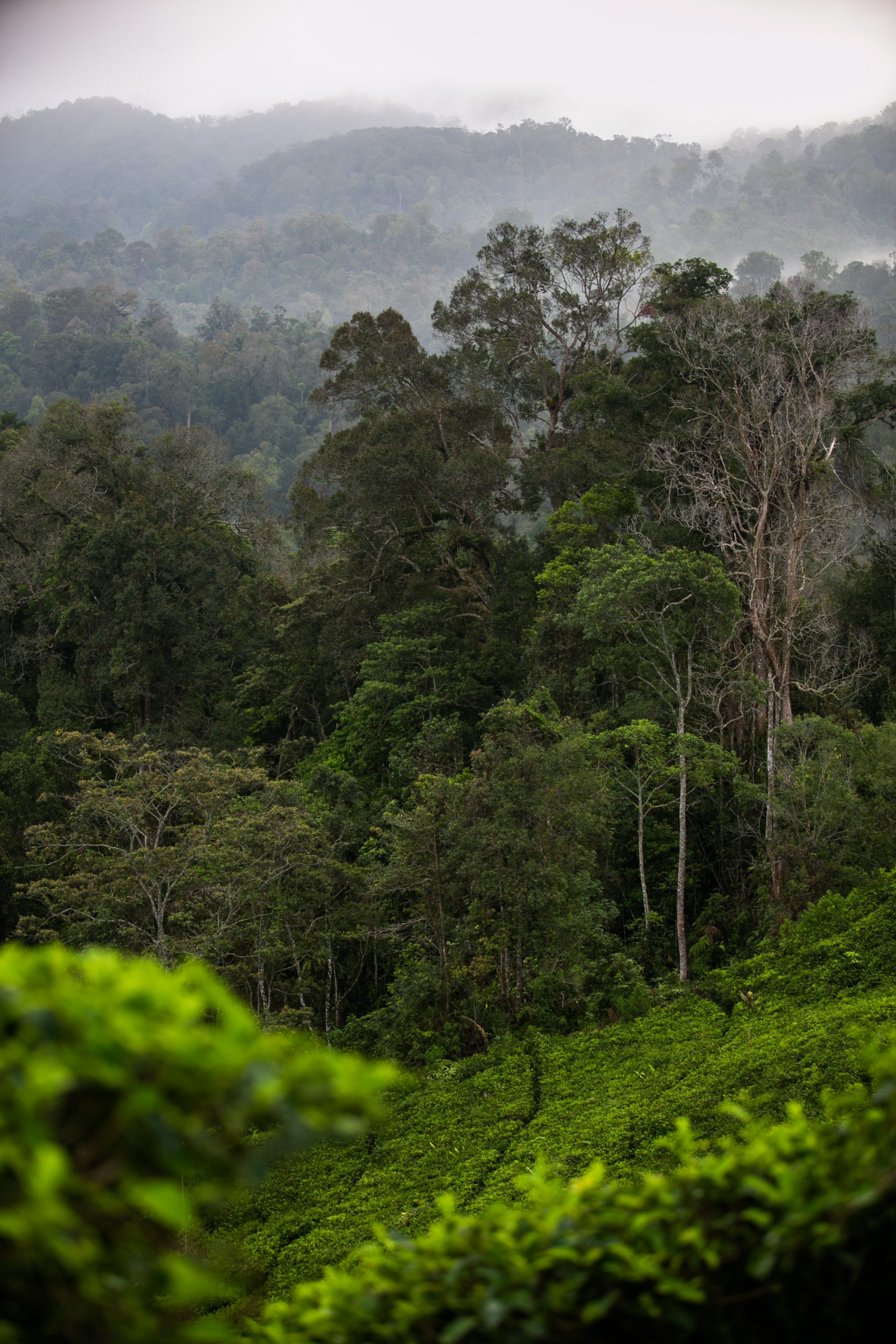Duration of engagment
Long (3-5 years)
Cost
$$-$$$$ depending on scale of restoration, availability of other sources of funding, and extent of existing capacity (staff nurseries, monitoring systems, etc.)
In the real world
Restoring forests in Malaysia
To support the conservation goals of Sabah, Malaysia, Unilever is funding the restoration of 1,400 ha of riparian forests and wildlife corridors. Unilever funds have enabled a local timber plantation company, Sabah Softwoods Berhad, to restore a wildlife corridor that links large blocks of intact forest. This has allowed elephants and other species to travel between forest areas unimpeded, which has dramatically reduced loss of revenues due to crop damage on plantation land. There are also plans to restore riparian reserves, where oil palm trees were wrongly planted up to riverbanks, which will protect rivers from sedimentation and rehabilitate pathways for wildlife movement.
Leveraging agroforestry for landscape restoration in Indonesia
Working with Conservation International and the Tapanuli Selatan district government in North Sumatra,Indonesia, Unilever has initiated a 100 ha agroforestry pilot that will restore native trees to the landscape. By training farmers to make money from multi-species agroforestry systems, the pilot also will help stem illegal incursions into the forests for small scale palm oil production. The initiative is intended to serve as a best practice model for transitioning smallholder production in support of the district-wide goal to restore 21,000 priority hectares and the province-wide goal of restoring 500,000 priority hectares by 2030.
Co-planting forests and food to restore degraded landscapes in Ghana
Mondelēz International is supporting restoration of 400 ha in Ghana’s Brong Region in collaboration with Ghana’s Forestry Commission, UNDP, and communities around the Ayum Forest Reserve. With government permission, Mondēlez and UNDP advanced restoration in the Reserve using the Modified Taungya System, whereby farmers receive access to degraded areas for planting trees interspersed with food crops until the tree canopy closes. The partners created nurseries to raise native tree seedlings chosen for ecological fit and utility to local communities, distributed 2 ha plots to farmers, and are developing a scheme to pay participating farmers for environmental services.
Unlocking Brazil’s basin-level restoration priorities
In partnership with WWF and local NGOs, International Paper (IP) and HP are funding restoration of 600 hectares in Brazil’s Atlantic Forest biome. IP funds have supported prioritization of land parcels for restoration in São Paolo and Minas Gerais states, convening local stakeholders to agree on the prioritization and implementation strategies, landowner outreach, planting operations, and monitoring of plantings. HP funds are leveraging this investment to expand the area restored in São Paolo state, and to replicate this work in Paraná and Rio de Janeiro states. These efforts are advancing basin-level restoration priorities to protect riparian areas and ensure connectivity of key biodiversity habitats.
Key points for companies

Determine whether the target landscape/jurisdiction has identified the extent and type of degradation, set a restoration goal, and mapped areas in need of restoration. If so, support restoration in one or more prioritized areas.

If restoration goals have not yet been set, work with other stakeholders in the landscape/jurisdiction to define them (see “Co-design jurisdictional goals, key performance indicators (KPIs), and implementation strategies”), knowing that long-term sustainability must mitigate the underlying causes of deforestation and degradation.

If restoration areas have yet to be prioritized, work through the L/JI with local experts (e.g. government agencies, NGOs, universities, naturalists) to determine where restoration would have the highest impact. Optimal locations maximize benefits for nature (e.g. habitat connectivity, water flows) and communities (e.g. non-timber forest products, poverty reduction, health) at the lowest cost.

Fund local partners to procure tree seedlings and cover the costs of planting them in prioritized areas. If nurseries can’t provide enough seedlings to match the scale of planned restoration work, consider funding their expansion and partnering with botanical gardens. Funds are also needed for maintenance and monitoring to ensure plantings survive.

As restoration includes not just direct costs (e.g. buying, planting, and weeding around seedlings) but also opportunity costs to landowners from not farming on restored land, companies should pay landowners and managers for environmental services generated when they reserve and maintain portions of their land toward restoration. Establishing a system for ongoing payments increase the odds of long-term success. Companies can offer premium crop prices to farmers undertaking restoration, make direct payments based on evidence of continuing restoration, or contribute to restoration funds at the community or landscape/jurisdictional level. To ensure that incentives to maintain restored areas endure, companies should position other entities to take on these payments over time.
External conditions that improve likelihood of success
- A comprehensive forest landscape restoration assessment has identified degraded land and priority areas for restoration
- The landscape/jurisdiction has built consensus on restoration objectives for its natural and human communities
- Nurseries can supply the right tree species, and protocols are in place for seed collection, restoration planting, and maintenance
- Farmers are willing to engage in restoration activities
- Qualified agricultural/agroforestry/forestry experts are available to train and support landowners/communities to undertake restoration
- Effective systems are in place to monitor and verify restoration efforts
- There are enough public and private funds to scale restoration, then support monitoring and maintenance

The business case for this intervention
- By working with diverse stakeholders to prioritize areas for restoration in the landscape/jurisdiction, the company promotes synergies in the region and reduces the risk of conflicting objectives or competing interventions.
- By supporting restoration as part of an L/JI, the company helps reverse deforestation both inside and outside its operations or those of its suppliers.
- Restoration can help a company demonstrate and fulfil its commitments to conservation, sustainability, and emissions reduction beyond the scope of its own production or sourcing.
